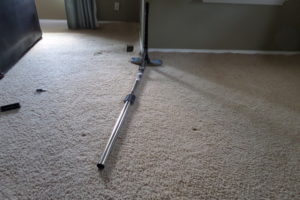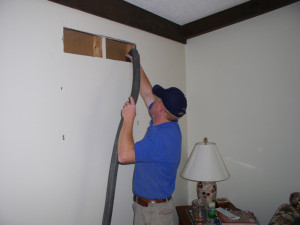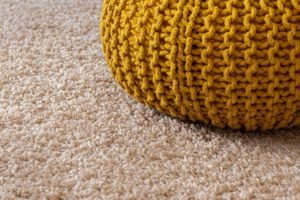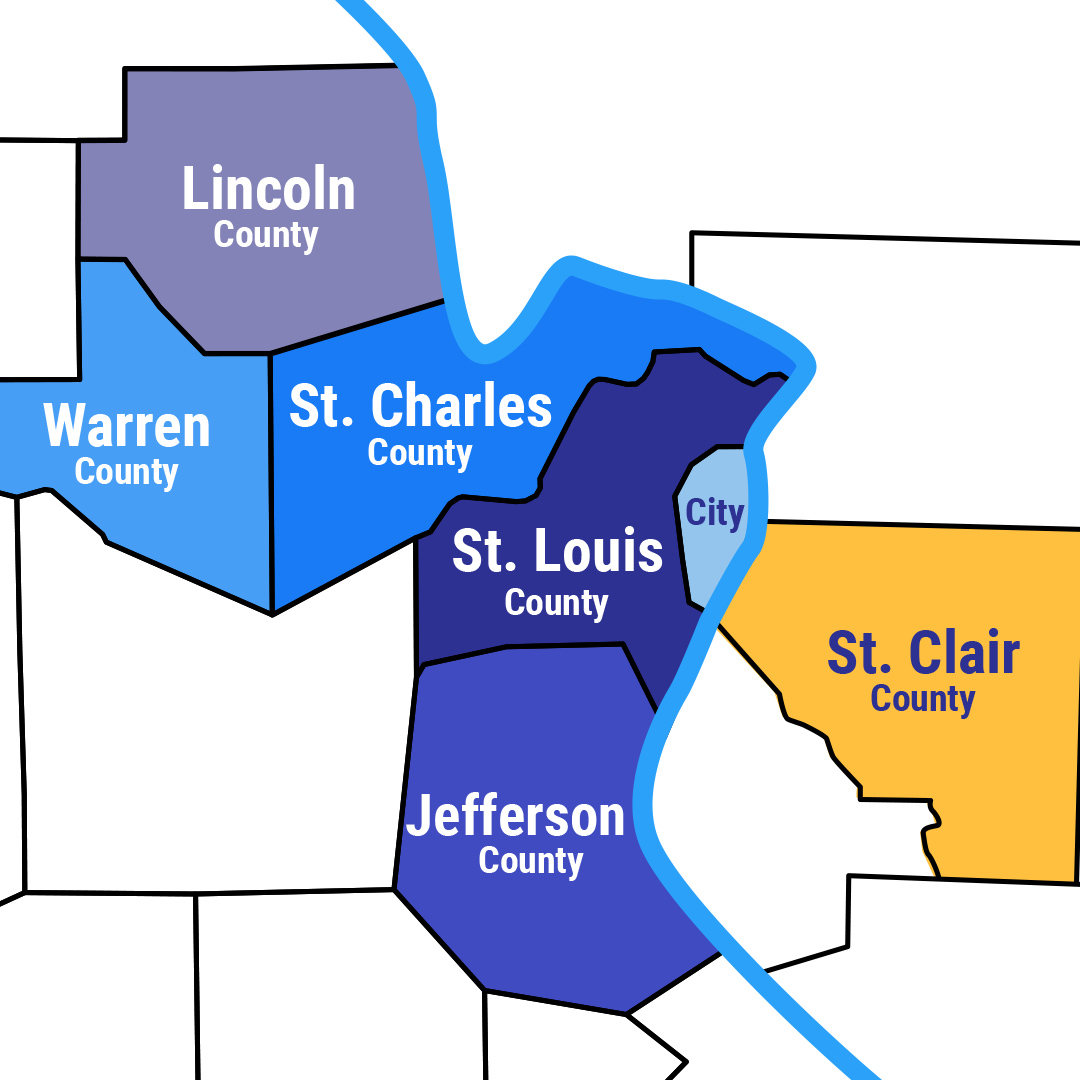
This is a question that we at Sams get asked all the time. People notice a few ripples in their carpet and become immediately concerned. Believe it or not, rippling in carpet is actually very common about 4-5 years after being installed. There are a number of different things that can contribute to rippling in carpet and it is usually quite an easy fix. Let’s take a look at a few of the factors that can cause your carpet to ripple.
The 4 Leading Causes of Carpet Ripples
Poor Installation
Although carpet rippling is not usually the installer’s fault, it certainly can be. All installers should follow the CRI (Carpet and Rug Institute) Installation Standards. The CRI sets guidelines for how carpet installation should be done. For example, it states that the carpet should be power stretched as opposed to knee-kicked when installed. When carpets are knee-kicked, they start relaxing after the install and are much more prone to rippling. Make sure your carpet installer follows the CRI Installation Standards to ensure you receive the best possible install.
Latex Carpet Backings
These are made up of latex, which absorbs any moisture that may be in the air, especially when the humidity level is high. This can cause the backings to swell and subsequently cause the carpet to wrinkle. Keeping the room climate controlled definitely helps, but there will always be humidity spikes here in the Midwest. Before the 1980s, carpet backings were made up of jute. Jute is a natural fiber that does not swell so therefore did not usually result in rippling. Backings are now made with latex as opposed to jute because the latex is much cheaper. The material used to make the backing is a key component to carpet ripples.
Type of Carpet
Plush carpets are more likely to ripple than nylon or wool. Loop carpets, like Berber or commercial carpets, are much tighter so they generally don’t swell as much. Triexta carpets are made of recycled plastics, which makes them crush easily after wear and it is hard to revive them after they have been crushed. Nylon is also easy to clean and bring back to life once it has been crushed.
Steam Cleaning
As mentioned before, when carpet backings absorb moisture, the carpet will swell and create ripples. Sometimes after a steam cleaning, the backings will absorb some of the excess moisture and the carpet may ripple a bit. But don’t worry, because once the carpet dries completely, it will relax and return to its normal condition.
The St. Louis Carpet Ripple Experts
Rippling in carpets can happen for seemingly no reason at all. We’ve seen ripples show up on carpet that was perfectly installed. We’ve seen ripples in carpet that was beautifully maintained. We’ve seen ripples occur in carpet that is hardly ever walked on.
If you notice ripples in your carpet, we highly recommend cutting off access to the area. Not only are carpet ripples a trip hazard, but walking on rippled carpet can cause the carpet to wear down much quicker. We also recommend having your carpets power stretched by a professional. This will restore your carpet back to its original beauty in no time. If you have any questions or concerns about your carpet, please feel free to contact us here at Sams and we will be happy to assist you.




